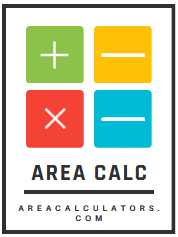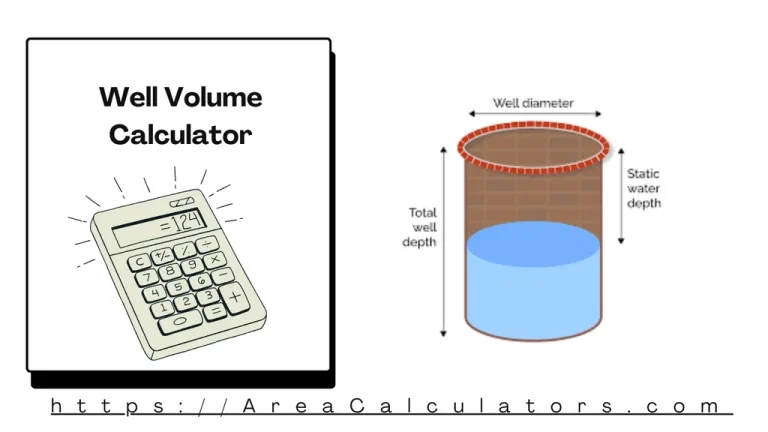Land to Building Ratio Calculator
Divide the total area of the land by the total area of the building to determine the land-to-building ratio.
The Land to Building Ratio Calculator helps evaluate the relationship between land size and building footprint. Commonly used in real estate, urban planning, and construction, this ratio assesses land utilization and development efficiency.
A good land-to-building ratio ensures optimal use of space and compliance with zoning regulations, making it vital for residential, commercial, and industrial projects.
Formula
L:B = AL / AB
| Variable | Definition |
|---|---|
| L:B | Land-to-Building Ratio |
| AL | Total Land Area (sq ft or m²) |
| AB | Total Building Area (sq ft or m²) |
Solved Calculations
Example 1: A plot of 20,000 sq ft has a building of 5,000 sq ft. Calculate the land-to-building ratio.
| Variable | Value |
|---|---|
| Total Land Area (AL) | 20,000 sq ft |
| Total Building Area (AB) | 5,000 sq ft |
| Land-to-Building Ratio (L:B) | 4:1 |
Example 2: A property includes a 15,000 sq ft plot and a 3,000 sq ft building. Find the ratio.
| Variable | Value |
|---|---|
| Total Land Area (AL) | 15,000 sq ft |
| Total Building Area (AB) | 3,000 sq ft |
| Land-to-Building Ratio (L:B) | 5:1 |
What is Land to Building Ratio Calculator?
The Land to Building Ratio Calculator is a practical tool that calculates the proportion of land area relative to a building’s footprint.
This ratio plays a crucial role in urban planning, property valuation, and development compliance. It assists property owners, developers, and investors in determining if their plot size aligns with zoning regulations or efficiency benchmarks, whether for residential, industrial, or commercial purposes.
Using this calculator, you can determine the land to building value ratio by entering the plot dimensions and the building’s size.
This is particularly helpful when evaluating floor area ratios for compliance in areas like NSW or NZ. It also supports the assessment of minimum lot size to build a house, ensuring adherence to zoning codes and maximizing property usage.
Additionally, the tool simplifies complex calculations, such as determining average land to building ratios or adjusting ratios for industrial or residential developments.
For instance, the calculator is indispensable for projects requiring gross area calculations or floor space ratio adjustments, helping users optimize their designs effectively.
Final Words:
In essence, the Land to Building Ratio Calculator simplifies land analysis and enhances decision-making for efficient property development while ensuring compliance with local regulations.


![Quart Volume Calculator [ Volume Converter - 2025 ] 2 2. Precise area calculator for determining volume in cubic inches, feet, meters, and more using length, width, and height measurements.](https://areacalculators.com/wp-content/uploads/2025/07/quart-volume-calculator-1-768x432.png)